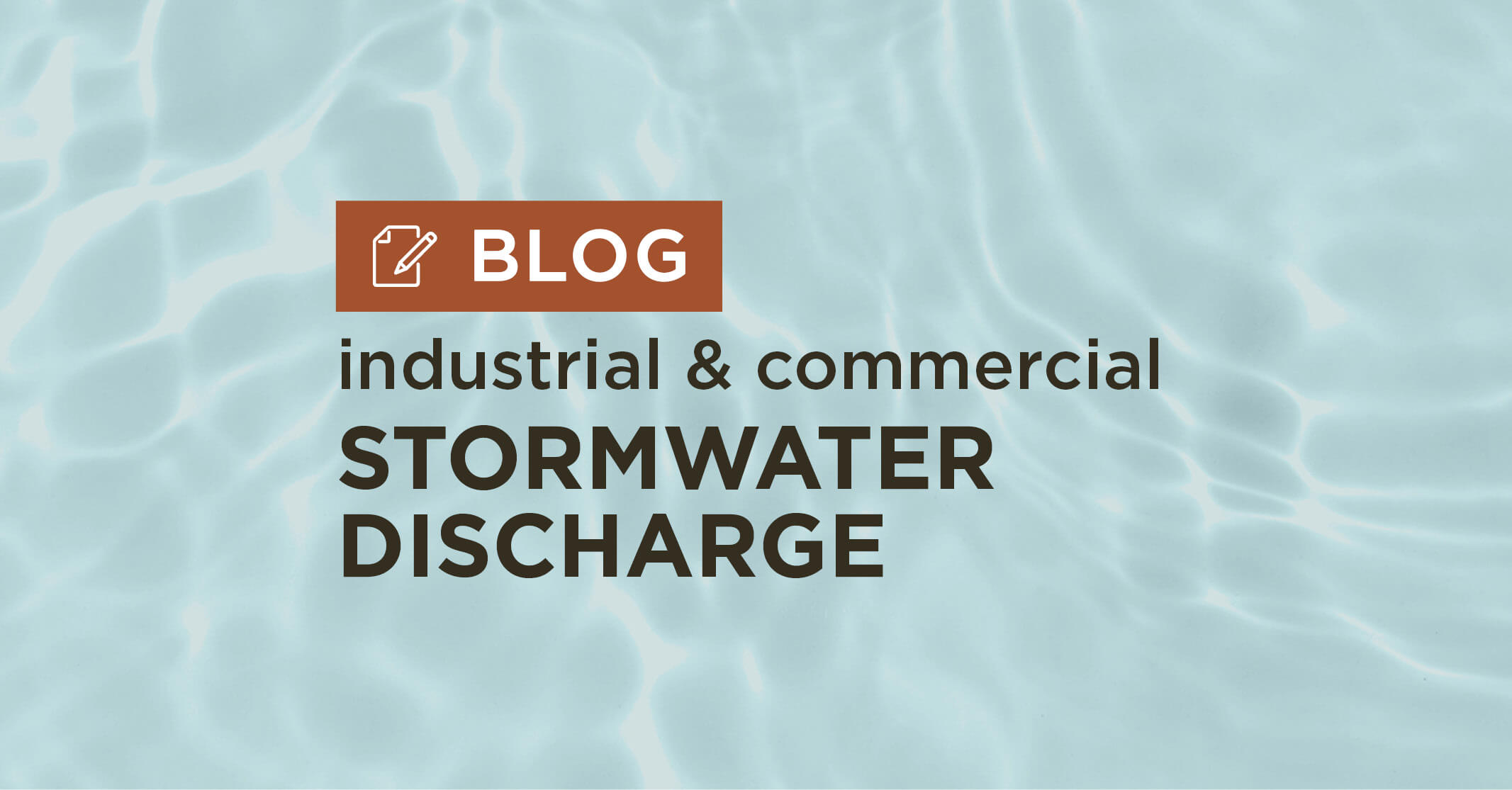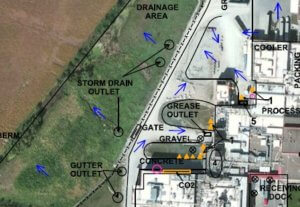Clean Water Act Guides Industrial and Commercial Wastewater Permitting
For more than 40 years, the National Pollutant Discharge Elimination System (NPDES) permit program implemented under the Clean Water Act (CWA) has aimed to control water pollution by regulating the levels of pollutants allowed to discharge into our nation’s waterways. Since the program’s inception, these permits have grown in complexity, with conditions becoming increasingly difficult to meet.
Under this program, stormwater NPDES permits are issued to point source generators directly discharging pollutants into waterways. These sources are responsible for continual control upkeep, consistently protecting their storm drains, and abiding by their permissible limits.
The professionals with Snyder & Associates are well-versed in navigating the complex world of permitting requirements. Additionally, we can assist our industrial clients with a complete range of stormwater-related services, including engineering design, site evaluation, Best Management Practice (BMP) implementation, and application of advanced stormwater control techniques. We consider site-specific conditions and the goals and objectives of each facility, enabling our industrial clients to focus on what they do best — processing, producing, and manufacturing.
Industrial Stormwater NPDES Permitting Qualifications
Industrial and commercial facilities that discharge pollutants from a point source into waterways must develop and execute a Stormwater Pollution Prevention Plan (SWPPP), submit a Notice of Intent (NOI), and secure an NPDES permit. A few examples of facilities and industrial activities that are subject to NPDES criteria include:
• Manufacturing facilities
• Transportation facilities that perform equipment maintenance and cleaning
• Construction activities that disturb over one acre of land
• Hazardous waste treatment storage and disposal facilities (TSDFs)
• Landfills or industrial waste dumpsites
• Coal and mineral mining
Permit Types Vary by Business Classification
The NPDES permit program provides two essential stormwater permits depending on the facility’s nature and the variety of pollutants discharged. Most industrial stormwater discharges are covered under the “General Permits” classification. However, U.S. states and the Environmental Protection Agency (EPA) can issue individual permits to some facilities based on site-specific or industry-specific concerns. While there are multiple classifications, General Permits #1 and #2 are the most commonly required for most clients.
General Permit #1: Facilities that require this permit are categorized by producing stormwater discharge associated with industrial activity.
General Permit #2: This permit pertains to construction activities and any project that disturbs more than one acre of land.
These permits cover multiple dischargers of similar characteristics within a specific industrial category or geographical location. The General Permit is crafted for an entire group of operations. Facilities then apply to be covered under these overarching permits.
“We assist a variety of clients daily with NOIs and SWPPPs for General Permit #2, especially our development clients,” says Jeff Walters, Principal Environmental Scientist with Snyder & Associates. “Some of our smaller industrial clients don’t always realize they need a General Permit #1 since their operations don’t produce effluent discharge. However, they do store pollutants that are subject to the weather. We can quickly assess their facility and make sure they comply with the Clean Water Act.”
Our Experience Successfully Guiding NPDES Permitting Process
The first step our team takes in obtaining General Permit No. 1 is to conduct a site visit. This allows us to form an accurate inventory of on-site buildings, chemical storage locations, and stormwater flow paths. Here, our team is looking to gain a thorough understanding of the activities conducted and equipment located at our client’s facility to identify potential pollutant discharge concerns. Once completed, the information is compiled, and probable stormwater pollution sites are documented on a detailed site map.
With a complete understanding of site activities, our experts can select the best control measures to fit a client’s industrial facilities’ needs. We understand that combining preventive and active treatment control measures usually results in the most effective stormwater management for minimizing the offsite discharge of pollutants in runoff. We work to implement both into plans.
The next step involves developing our client’s SWPPP. This outlines the necessary procedures for site inspections and monitoring stormwater discharge. The methods developed in this plan will help grow an understanding of whether a client’s control measures are working and, if not, provide options for improvement. Once completed, our team assists in the application process by arranging recordkeeping systems to ensure compliance with regulatory guidelines throughout the permit’s lifespan. Additionally, our team will continue to oversee systems post-construction, ensuring that stormwater systems developed for the site are constructed following design specifications and are meeting regulatory requirements.
For a project matching the requirements of General Permit #2, the SWPPP process is typically less rigorous. The grading plan for a project will be reviewed to determine stormwater flow paths, which will determine the types of best management practices needed to keep stormwater on-site. The SWPPP can vary from client to client, ranging from erosion control plans to using the EPA’s SWPPP template. Our team has also developed customized SWPPPs for our clients to meet their facility expectations.
Snyder & Associates has extensive experience in the design, development, and implementation of stormwater management projects ranging from preparing SWPPPs to the scheme, specification, or construction of stormwater controls. Our team includes planners, technicians, permitting specialists, engineers, scientists, and construction managers, who will ensure that each phase of the project is accurately prepared and managed. Our team of professionals makes a great partner for industrial clients because we’ve identified best practices for designing the systems and fine-tuning the permits your facility needs to run at its full potential. Reach out to our team to learn more, and let us help you stay on top of the ever-changing industrial regulations.

